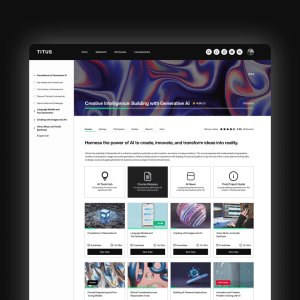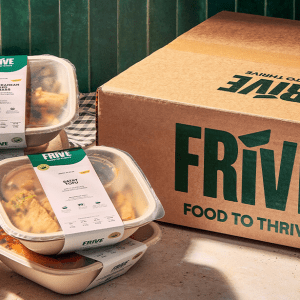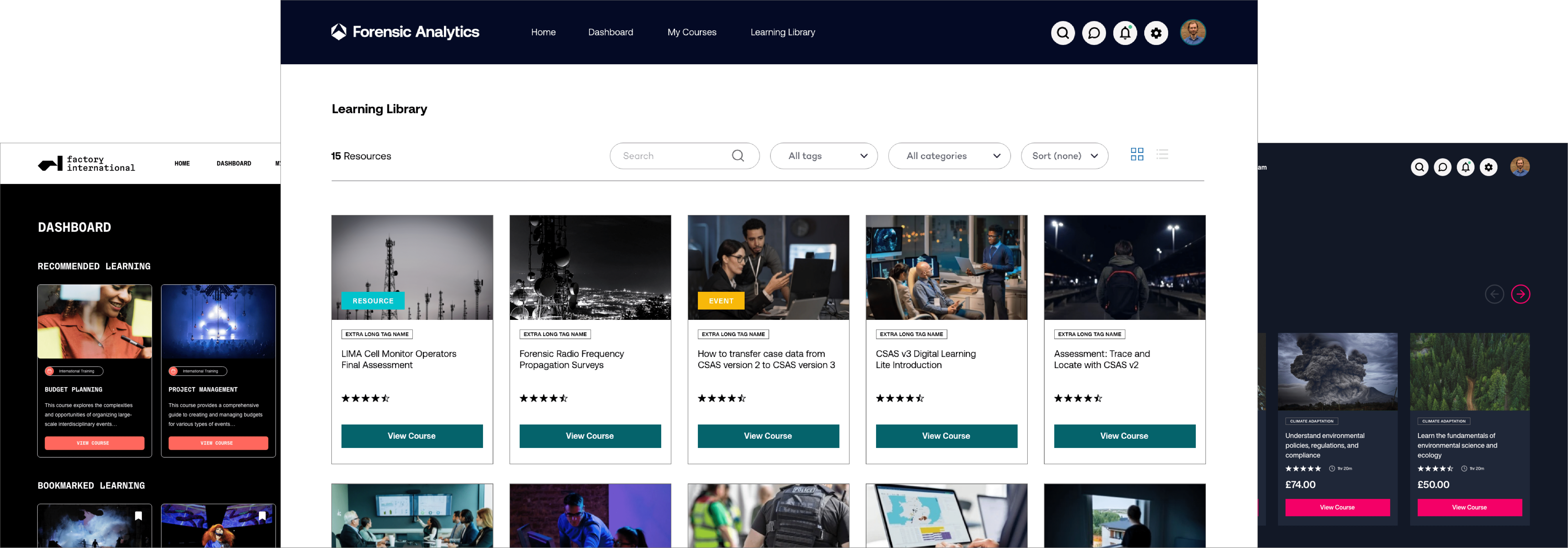Why Learner Engagement Is No Longer Optional in Modern L&D
In today’s learning and development landscape, learner engagement is the key difference between training that drives change and content that’s quickly forgotten.
Organisations are moving away from static formats like PDFs and PowerPoint decks in favour of interactive learning experiences that invite users to participate, reflect, and apply what they’ve learned.
At Titus, we believe that learning should be active, purposeful, and built for real-world impact. That’s why H5P – an open-source tool for creating interactive content – plays a central role in our learning design approach. H5P integrates seamlessly with platforms like Moodle, making it easy to build accessible, engaging activities.
But using H5P to its full potential takes more than just dragging and dropping content. It requires learning design expertise and a clear understanding of how people learn best.
Top H5P Tools Recommended by a Learning Consultant – and Why They Work
H5P offers over 40 content types, but knowing which ones to use – and how – makes all the difference.
Mariet Cheetham, one of our learning consultants at Titus, brings over 16 years of teaching experience across ICT, Business Studies, and Computer Science. She transitioned from the classroom into instructional design to focus on creating purposeful, high-impact learning experiences.
Today, she delivers hands-on training to help our clients (Mind, Tesco) maximise their platforms – with a focus on interactivity that drives results.
Here are Mariet’s top 4 H5P tools, and why they work in real learning environments:
1. Interactive Book
You can do so much more with this than a PowerPoint.
Mariet Cheetham, Implementation Consultant at Titus
Interactive Book lets you combine text, video, images, and questions into a single, seamless experience. Learners scroll at their own pace, explore optional content, and check understanding along the way.
Why it works:
- Clean, scrollable experience
- No need to jump between tabs or files
- Great for longer-form or multi-topic modules
Try it for: Onboarding journeys, induction content, multi-step processes.
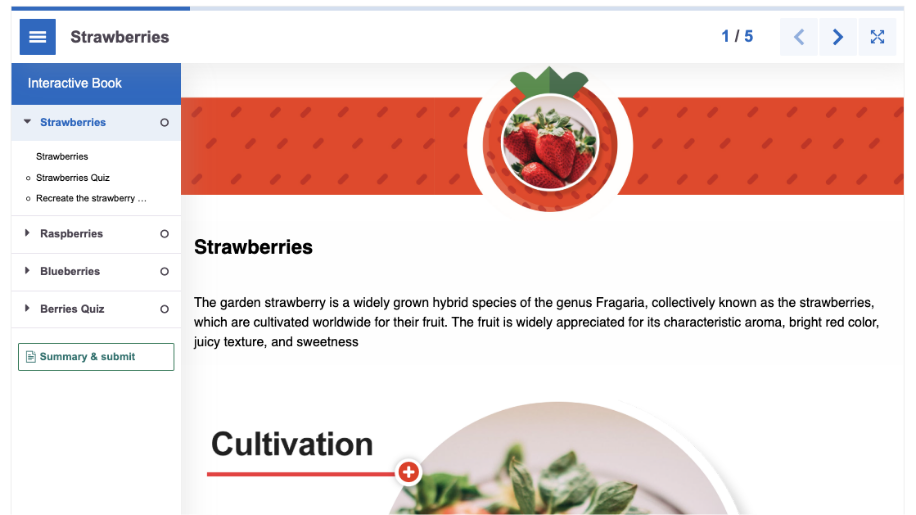
2. Interactive Video
Transform a passive video into an active learning experience by embedding questions or reflections mid-way or at the end.
Why it works:
- Makes video content interactive
- Ideal for compliance, scenarios, and reflections
- No need to edit the original video
Try it for: Refresher training, case studies, microlearning.
3. Drag and Drop
Let learners engage by moving items – such as terms, visuals, or steps – into the right order or group. It’s intuitive, hands-on, and great for encouraging thought before clicking.
Why it works:
- Encourages reflection and active engagement
- Useful for knowledge checks or self-assessments
- Creates a natural pause in the learning journey
Try it for: Vocabulary matching, pre-course check-ins, confidence audits.
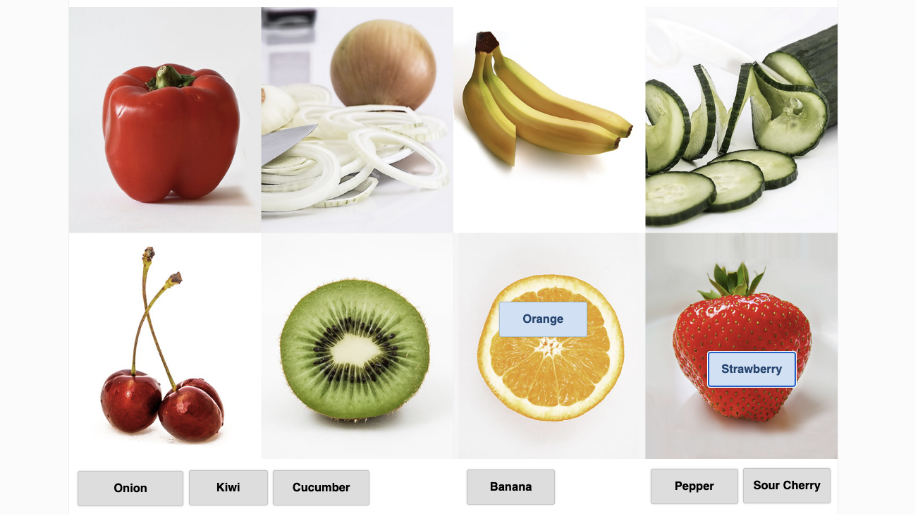
4. Game Map
A great way to house multiple activities in one place and unlock them step by step
Mariet Cheetham, Implementation Consultant at Titus
Game Map brings all your H5P activities together into a visual, level-based learning journey. It’s a brilliant way to guide learners through complex or layered content in a structured, engaging format.
Why it works:
- Turns navigation into visible progress
- Encourages sequential, scaffolded learning
- Keeps learners focused on what’s next
Try it for: Story-led content, project-based learning, leadership programmes.
Top Takeaways for Creating Learning
✅ Start with intent
Don’t add interactivity for its own sake. Begin with the end in mind – what do you want your learners to feel, do, or remember?
✅ Keep it simple
Mariet’s rule of thumb: If it takes longer to build than it does to complete, it’s probably too complex. Tools like Drag and Drop and Interactive Video deliver quick wins with strong learning value.
✅ Design with the learner in mind
It’s not about flashy features – it’s about experiences that connect, challenge, and support learners in meaningful ways.
✅ Partner for impact
Working with learning specialists can elevate your content. From concept to delivery, a thoughtful design partner helps you stay user-focused and results-driven.
Looking to Make Learning More Meaningful?
At Titus, we support organisations in designing learning experiences that move beyond content delivery. Whether through H5P, Moodle customisation, or end-to-end learning strategy, we’re here to help you make learning that works.
Curious about what purposeful interactivity could look like for your learners?
Let’s talk – we’d love to explore what’s possible.




